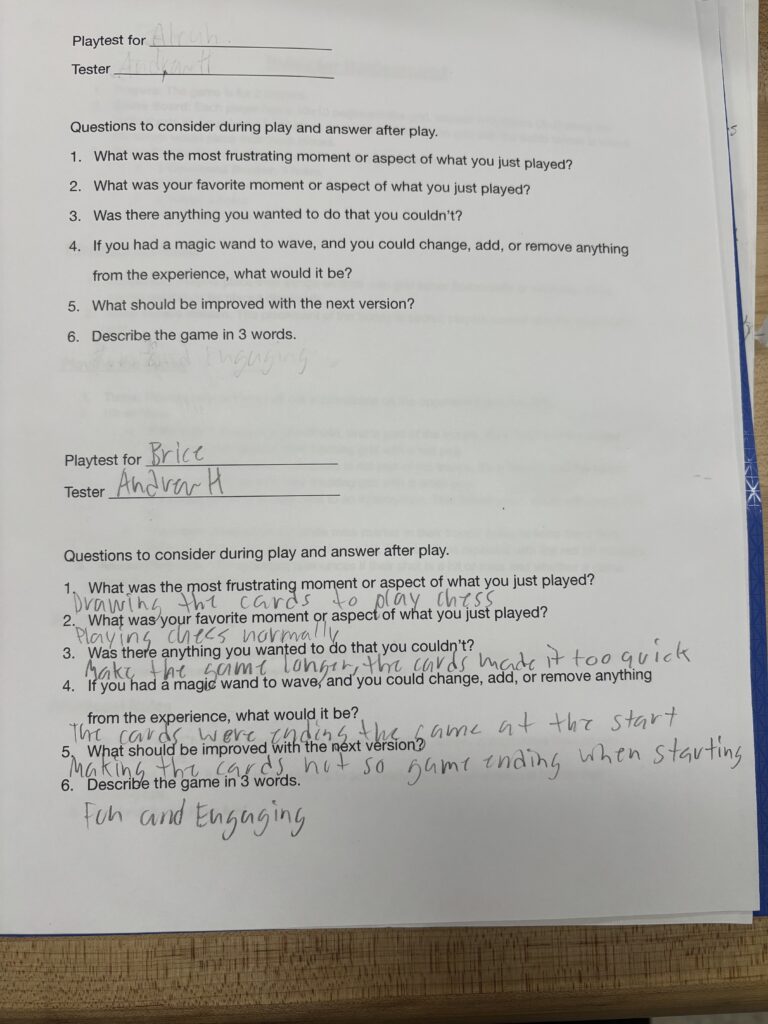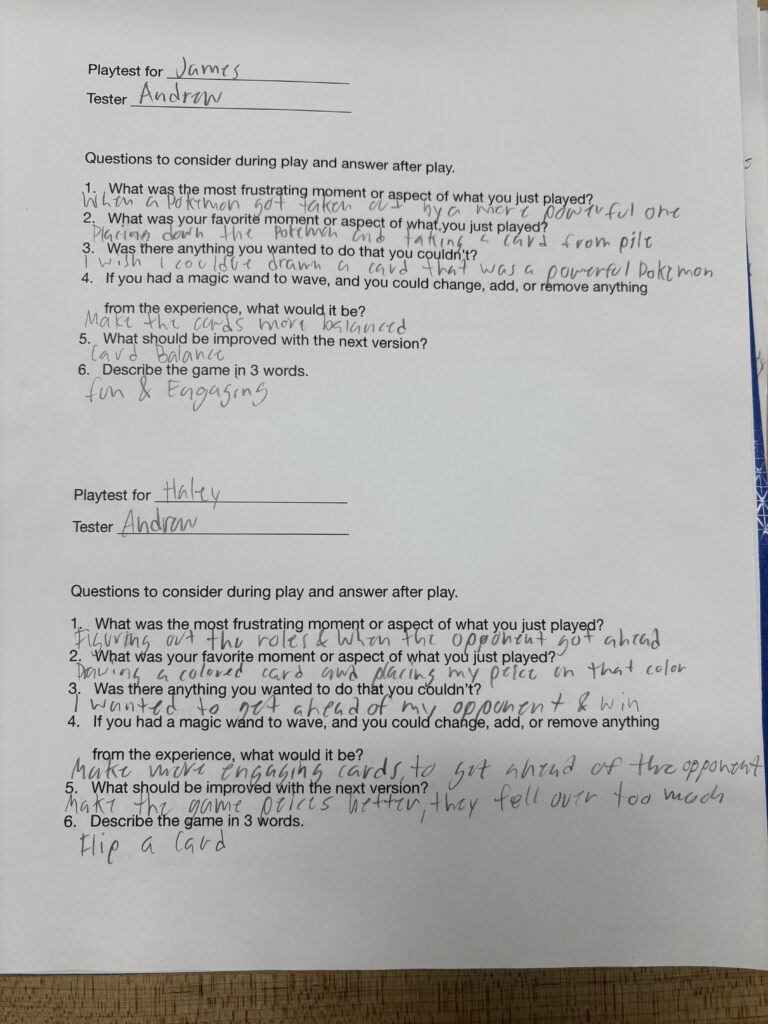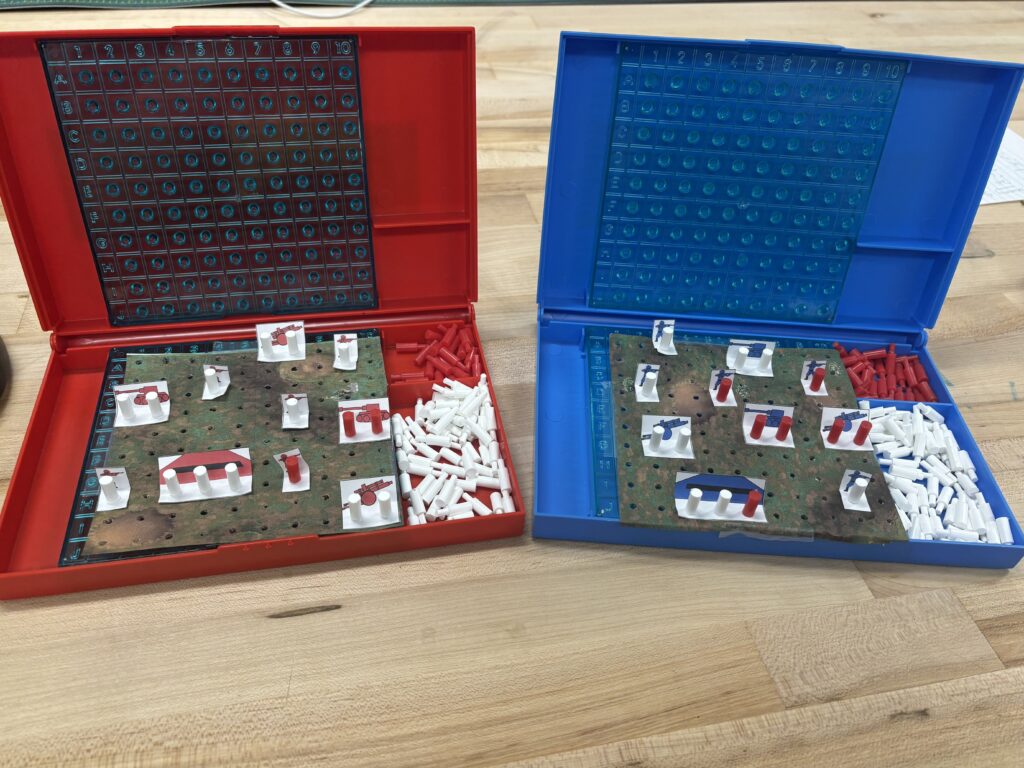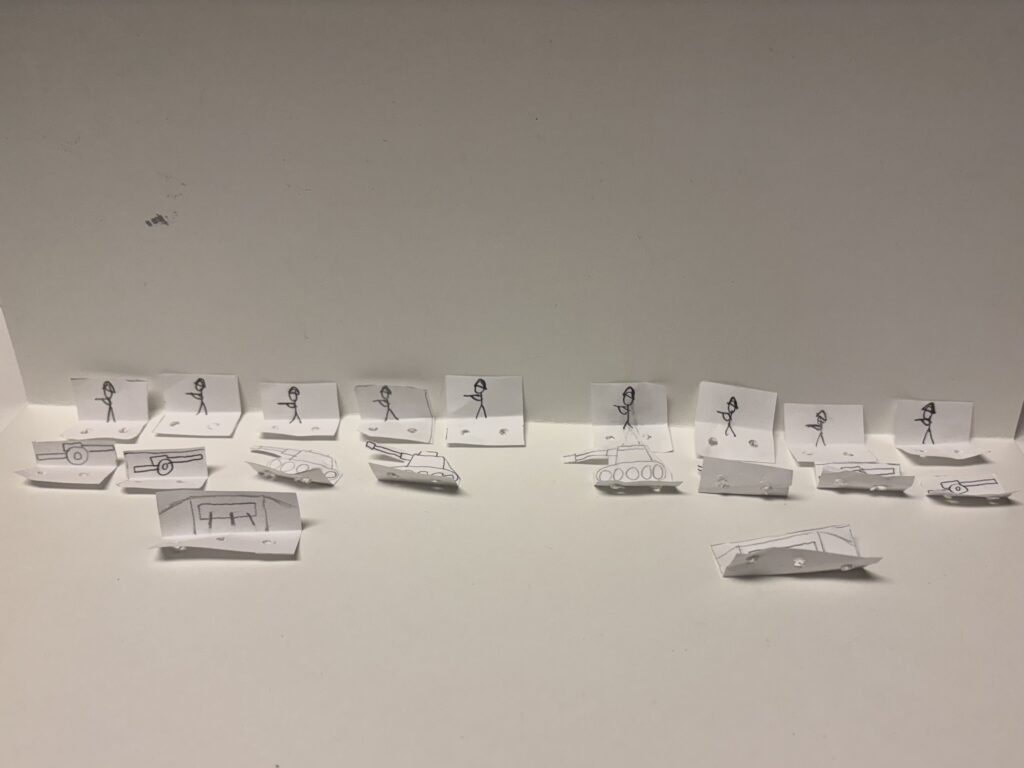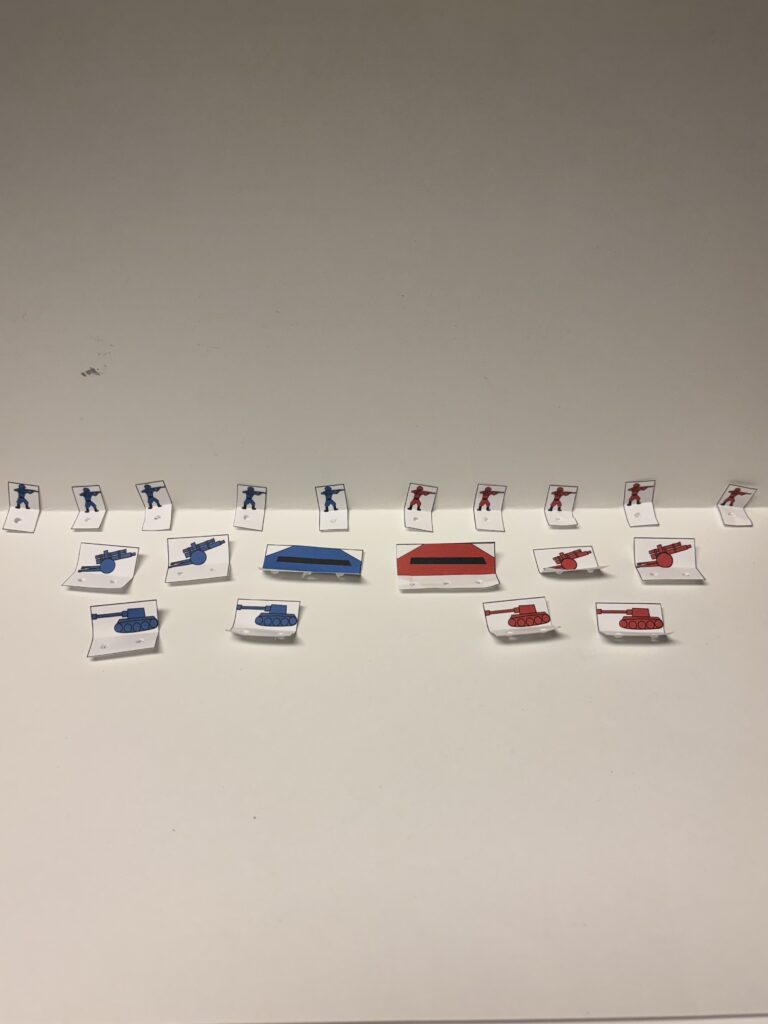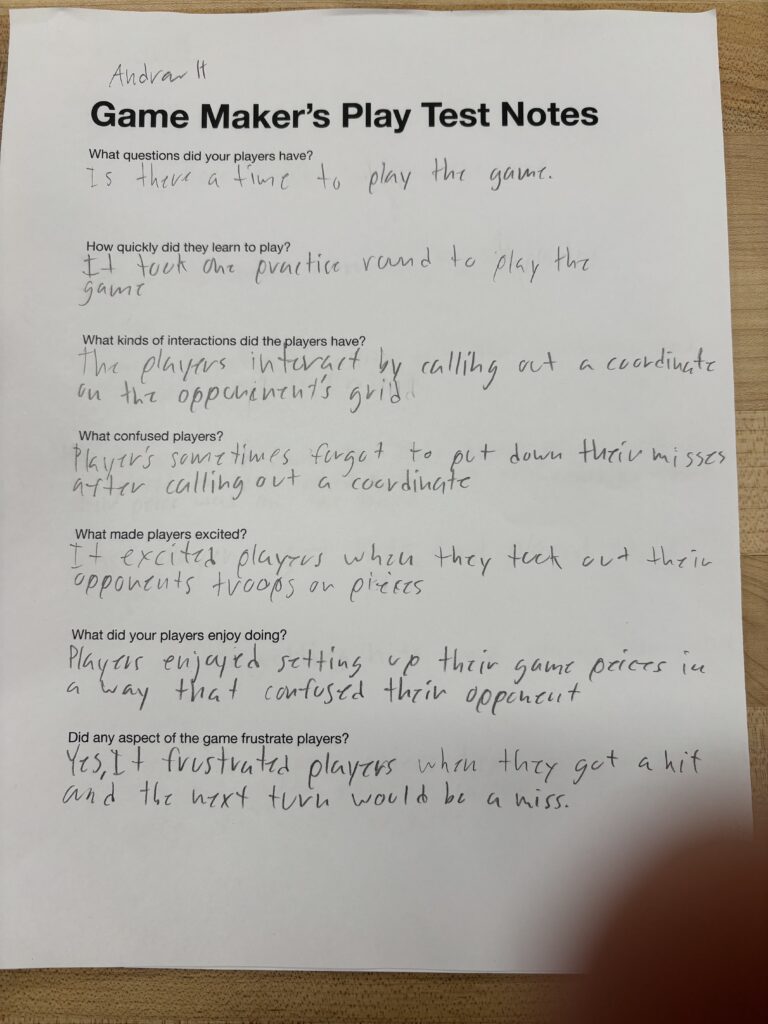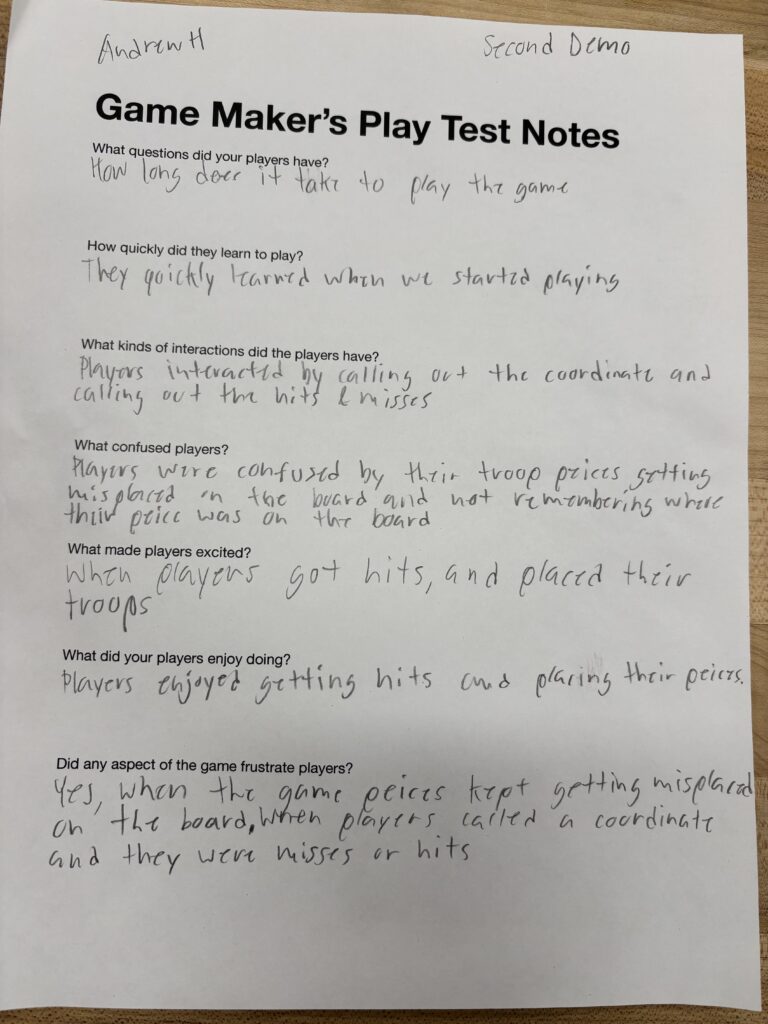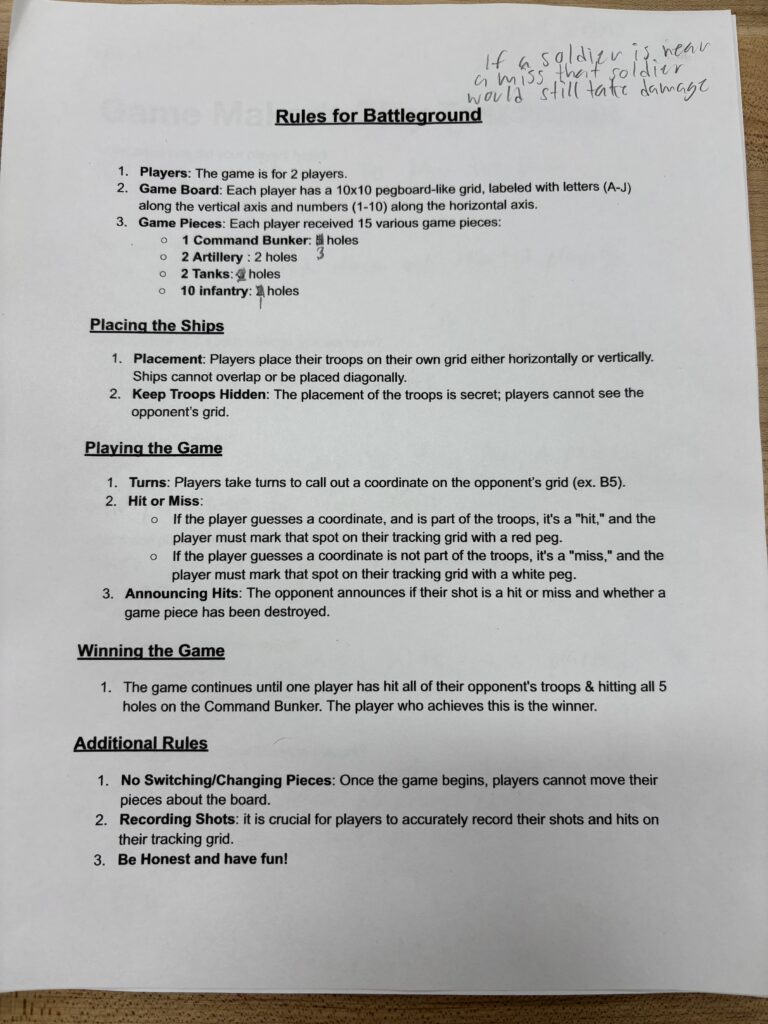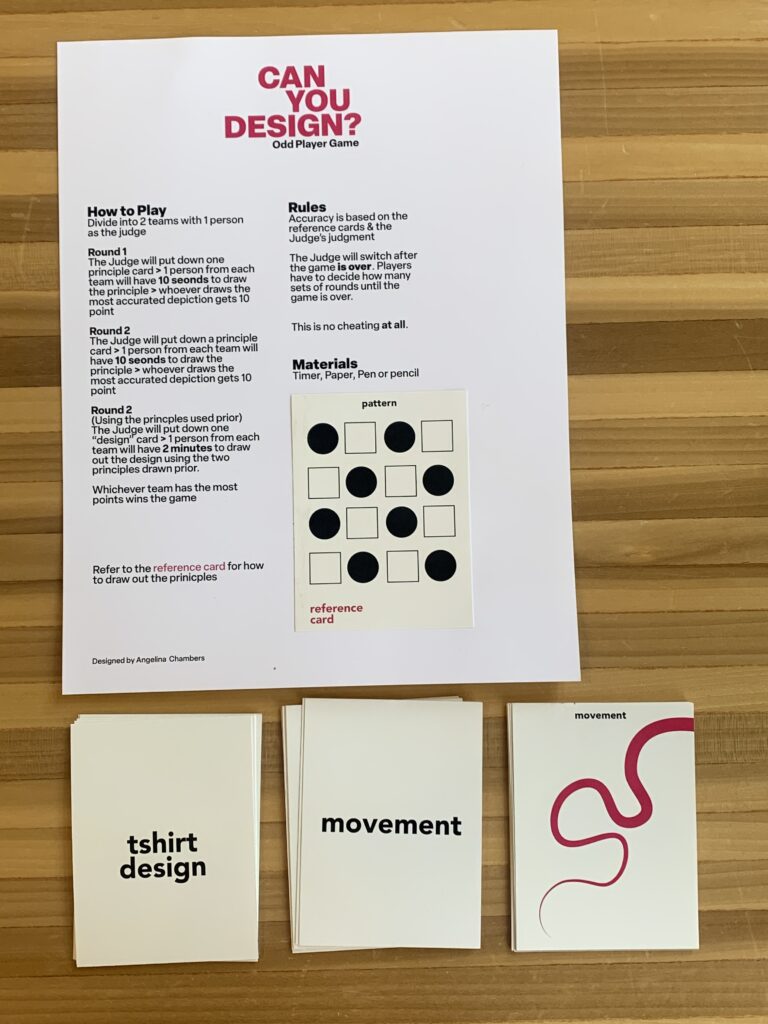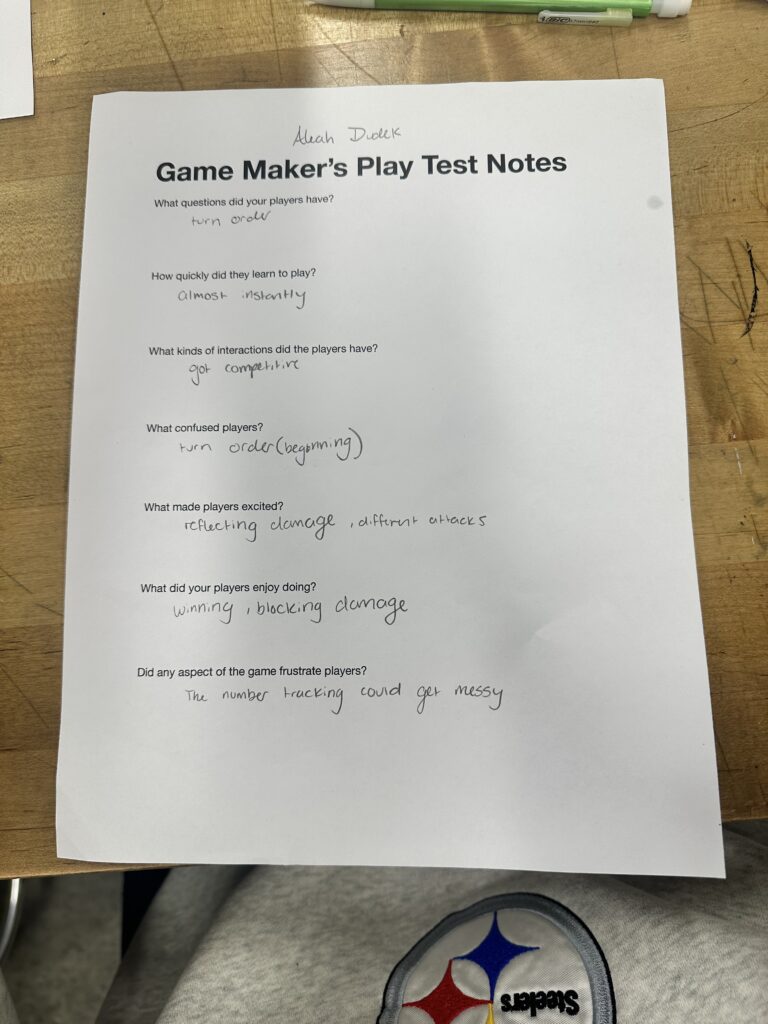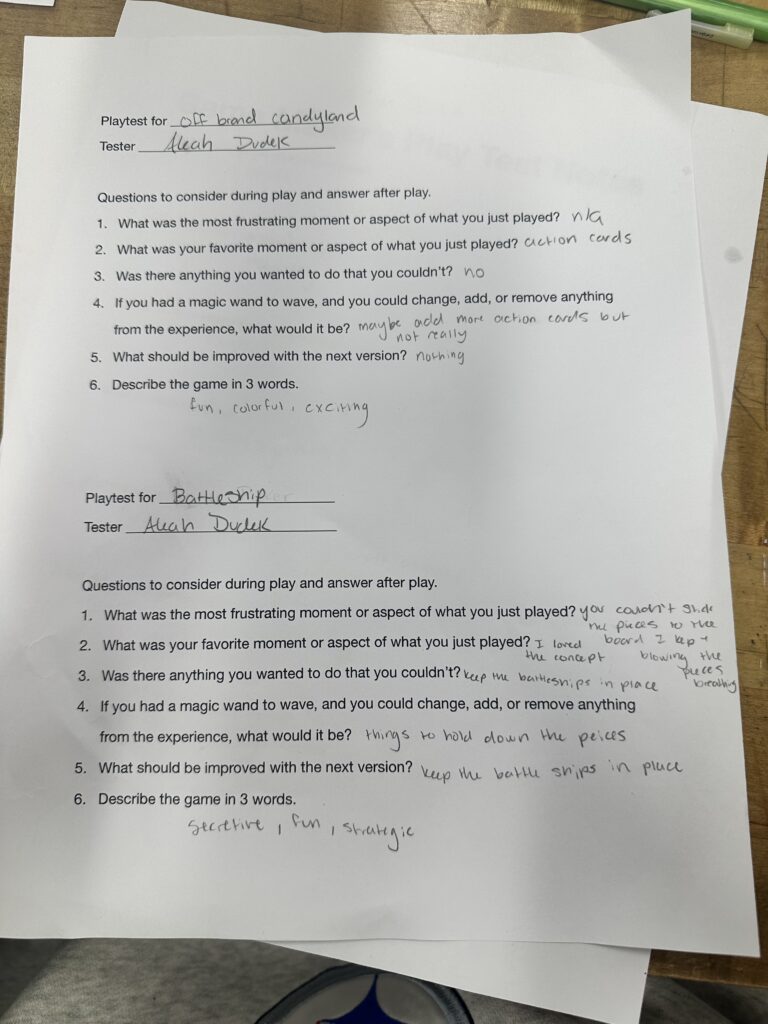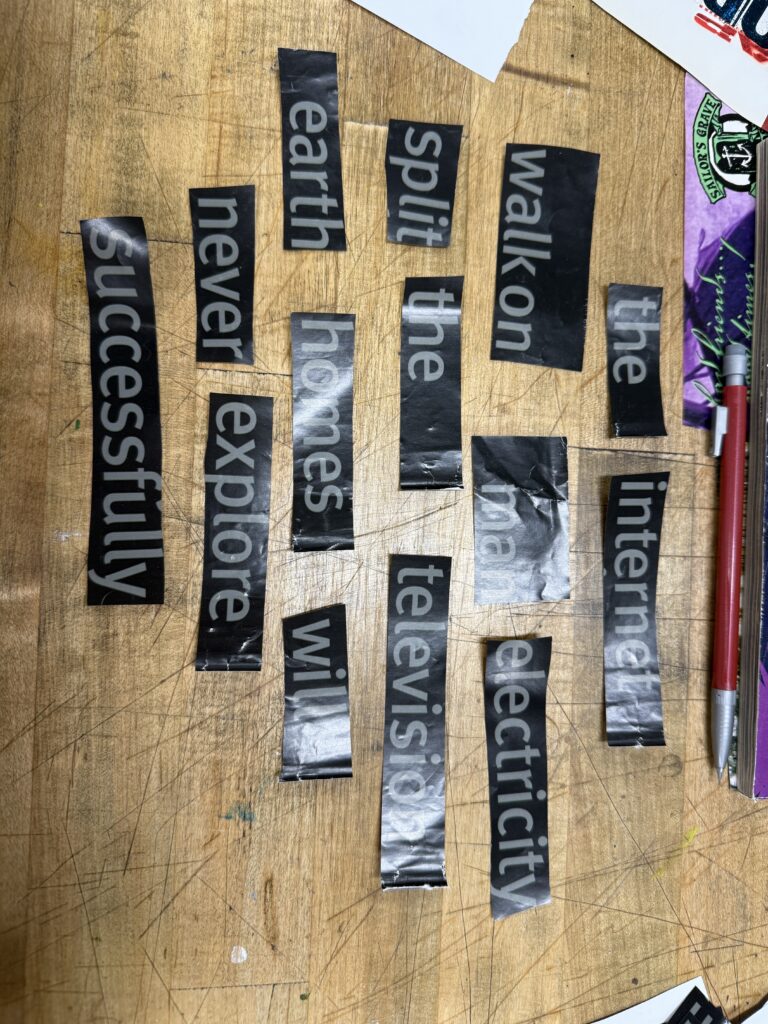In the dome
Battleground game
Harding – Game Rules
Pokemon 4D Studio Version
Use 40 cards in a deck.
Flip a coin to see who goes first.
Whoever goes first cannot attack during their first turn.
Draw 4 cards and place them facedown in front of your deck. These would be considered your prize cards. When you knock out your opponent’s Pokémon, draw a prize card. When you draw all 4 before your opponent does, you win. You also win if your opponent has no remaining pokemon on the field.
The game continues even if a player’s deck runs out of cards.
Both players draw 7 cards at the beginning of the game. If you don’t have at least 1 pokemon in your hand to play on the playing field, shuffle your hand into your deck and draw 7 new cards. Repeat until you are able to play at least 1 pokemon.
*Optional (You also have the option to reshuffle if you only have 1 pokemon in your hand and do not wish to play it down.)
Each player draws one card at the beginning of their turn.
Each player can only have one attacking Pokémon and a maximum of five on the bench.
Each player can play as many Pokémon on their bench up to the 5-bench maximum.
For this game, disregard the energy costs and effects such as burned, poisoned, paralyzed and asleep.
Each player can only attack once per turn and if the damage counters total or exceeds the HP of the Pokémon, the Pokémon would be knocked out and placed in the discard pile.
Trainer cards can only be played during the player’s turn. And a player can play as many as they have in their hand. Once played, the trainer card is discarded.
Stadium cards are placed on the field separately and any player can replace them with another stadium card.
Pokémon powers can only be used once per game per Pokémon.
Evolution cards are placed on top of the pokemon they correspond with (the card will say “evolves from X”)
During attacking, choose the attack and if the attack does damage place the damage counters on the defending Pokémon and the other appropriate Pokémon if applicable. Once you attacked, your turn is over.
You can have an unlimited number of cards in your hand.
You are allowed to retreat your attacking pokemon and switch it with one of your benched pokemon, this is allowed only once during your turn. And this is done before your attack.

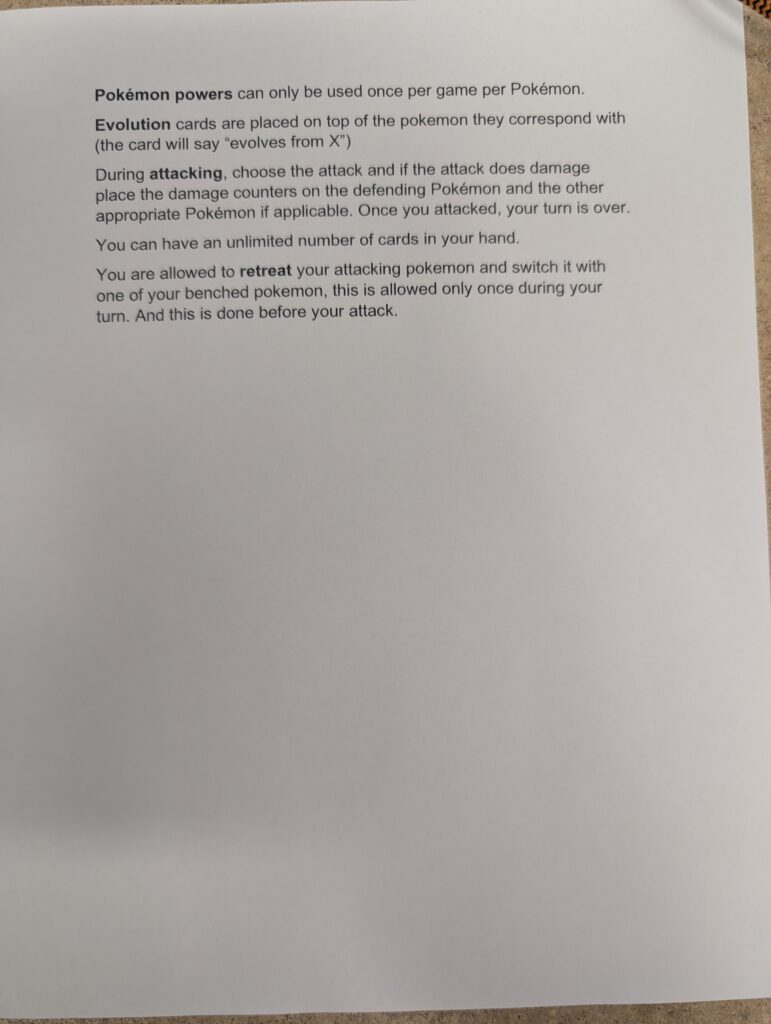
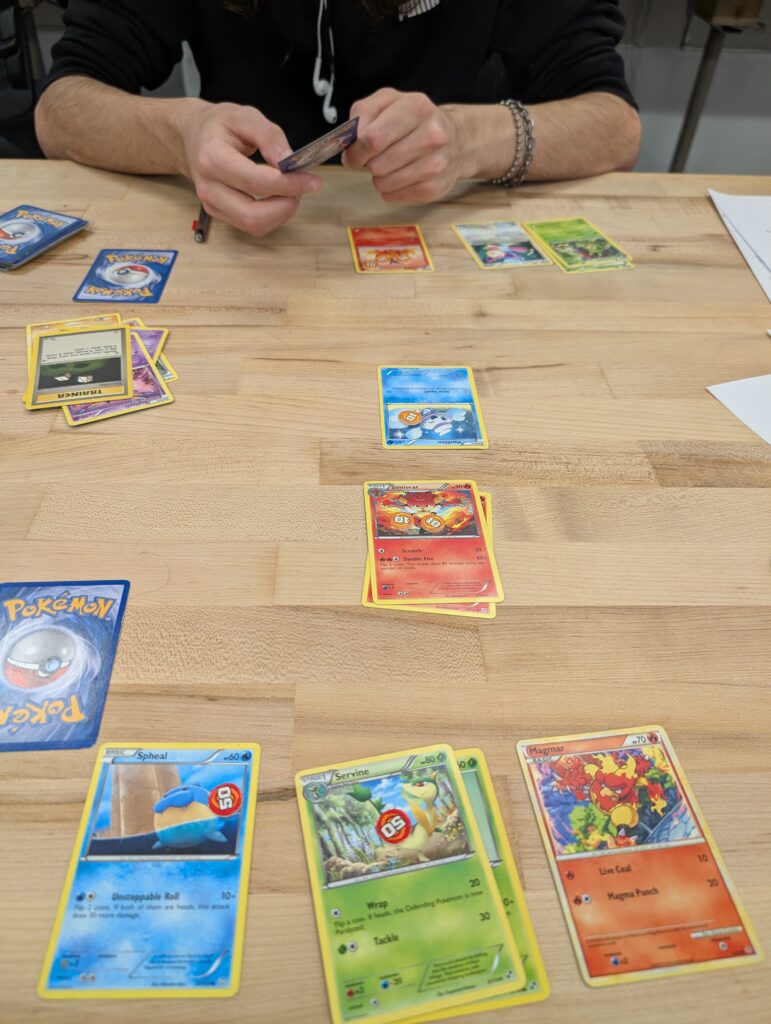
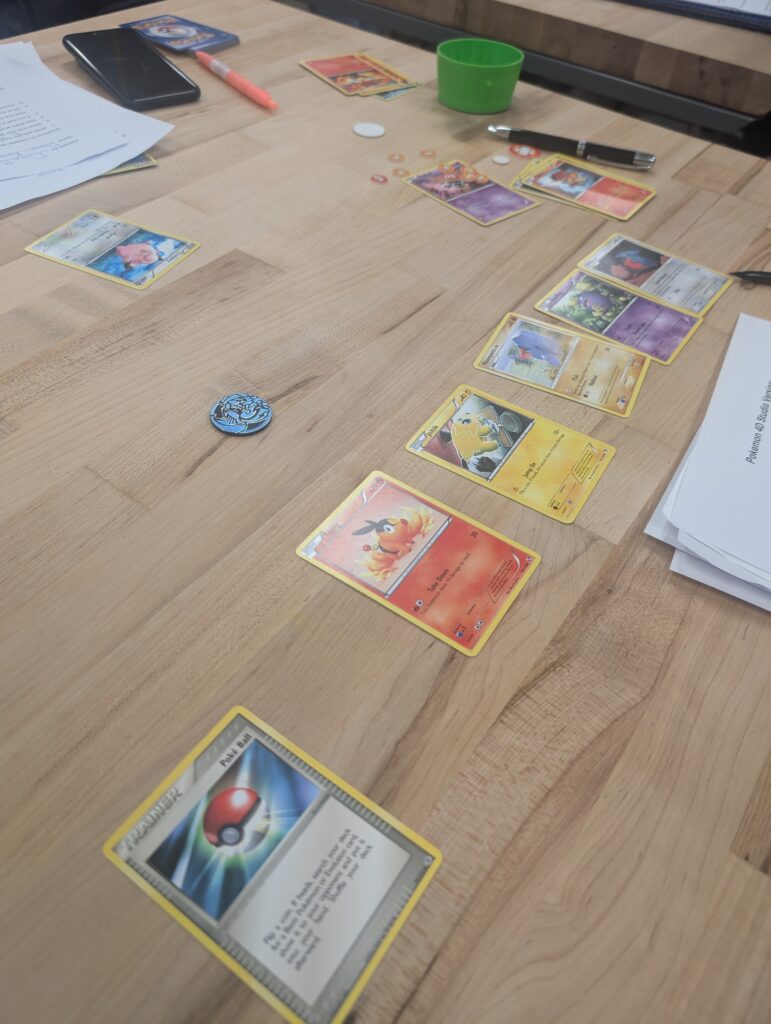
Play Test Notes
I feel that the experience the other student had with this version of the game seemed more technical than the other games within the classroom. The trainer cards had a wide range of impact and can change the experience of the gameplay very quickly. Some students picked up on the rules more quickly than others.
This version of the game seem to have had a positive engagement for the students that tested this game.
Final Game – Can You Design?
week two games
Mikayla Bayer Animation Part 3
Dadaist Poem
Fire truth heard,
carpet designs available,
in couples my cooks about,
the logic about identity
if you enjoy home, your myself.
Dadaist Poem – Bryce Mathews
Poem Game: Madison Hurst
Week 2 Question Set
- what advergames have you played? did they influence a purchase?
- Skate 3 may be a far reach, but for those who don’t know it is one of the largest and most popular skate games ever made. It can be considered and advergame though due to the large amount of brands incorporated into the game. You can wear Vans, Converse, Nike, etc. This did influence me into buying a specific skateboard I had in the game.
- why do the advergames tooth protector and escape work? What makes chase the chuckwagon and shark bait fail?
- Tooth protector works since it makes learning about dental hygiene fun. Escape is fun because it gives a sense of adventure and urgency, keeping you playing. Chase and Shark Bait fail due to possible lack of engagement, if the product placement or gimmicks of the game are too obvious is can shy players away.
- what does volvo’s drive for life accomplish?
- They incorporated their safety features into the gameplay narrative, and by doing so it positions itself as a leader in safety for their cars. It also implants into your head that you like Volvos due to the game which can cause you to lean towards one in your next car purchase without even realizing.
- what company used in-advergame advertising
- In the case of Skate 3 which is the game I played, there was plenty of advertising for Dr. Pepper as well as Miracle Whip. In the game, you can even play as a Dr. Pepper can as part of a promotion closer to the games release.
- what was one if the first home-console advergames and what beverage was it for?
- Kool-Aid Man on the Atari was very early, with Pepsi Man later coming to the Playstation.
- what makes the toilet training game sophisticated and do you agree?
- Ian Boogost argues that the toilet training game is sophisticated because of its ability to portray drunkenness by having to relieve yourself. The game directly relates to the product by incorporating the “solution” as the product.
- what do advergames and anti-advergames have in common, and what principles do they share?
- They are both trying to convince you of something. But, advergames are meant to be in favor of one thing and anti-advergames are the opposite. But at the end of the day, they are both promoting a product, and there is no such thing as bad publicity.
New Game
I’ve recently been obsessed with the game Inscryption, it is a card game that you play online, it has storyline, secrets, and it is so absolutely frustrating. I highly recommend watching videos of people playing it, and playing it for yourself!
Thoughts on MONOPOLY
I had rolled to play the 1% in our game. I had the most advantage when it comes to the entire game, though it didn’t feel right. Yes, it is 100% fun to win at Monopoly, but the meaning behind all of our roles in the game put me in a position where it felt like cheating. I didn’t enjoy watching the other players have to be careful with their money, and constantly be put into jail.
- what advergames have you played? did they influence a purchase?
I’ve never personally played any advergames, and I’ve also never been influenced to purchase anything from them.
- why do the advergames tooth protector and escape work? What makes chase the chuckwagon and shark bait fail?
In Tooth Protector, the game’s underlying theme is to show the player to consider the reality of eating sugary snacks, it’s rationalistic. In Chase, the game is trying to convince players to buy the product and it isn’t considering that players may need a better reason to just buy it (or convince their parents to buy it)
- what does volvo’s drive for life accomplish?
I really enjoy how the essay states this, “in Volvo Drive for Life the goal is to traverse the mundane reality of automobile transit.” It’s completely up to the player on how to drive the vehicle, but it shows the reality of the safety features of Volvos cars - what company used in-advergame advertising
Dodge used this advertising, in their Dodge Stow n Go Challenge, they advertised Bed Bath and Beyond’s store to buy.
- what was one if the first home-console advergames and what beverage was it for?
One of the first home-console advergames was Kool-Aid Man, “a video game for the Atari 2600 and Mattel Intellivision home console systems” - what makes the toilet training game sophisticated and do you agree?
Because not only were the mechanics of the game great to play, it let the player experience the demonstrative advertising, with procedural representation of their products. I do agree!
- what do advergames and anti-advergames have in common, and what principles do they share?
They show that products and services have a function whether it’s good or bad, “the reasoned and conscious interrogation of individual wants and needs, rather than manipulated subservience to corporate ones”
5 Game Ideas That Explore Change in Players
- A game that explores domestic violence in relationships, and how different types of abuse form and using resources to help put an end to the abuse
- A game that divulges into littering, with different types of boards like the beach, a forest, the city, and you as a player need to be proactive to help clean up your board before the planet (your board) dies.
- A trivia game about real facts that aren’t taught in schools, that everyone should know. Facts about LGBTQIA+, BLM, Climate Change, Human Body, etc.
- A game that speaks on empathy, and compassion, makes you have a deep loving connection with something, to having it taken away from you. Makes you react a particular way, with no personal choice, ex. You go about your daily life and mourn in private, or You have time to mourn, but you can’t do it in certain situations because people will tell you you’re over exaggerating.
- Final game that speaks on mental health, and stereotypes surrounding certain mental illnesses. Like a Guess Who? game
week 1 questions
- What are the issues Ian Bogost raises about social games with Cow Clicker?
Ian lists his most important concerns such as, Enframing, Compulsion, Optionalisim, and Destroyed time.
I actually agree with him, especially in the Compulsive area.
- How do social games like FarmVille enframe friends?
Social Games like FarmVille enframe friends by not making them friends, but as Ian says makes them valuable sources for materials, it’s not that you’re working together with them, you’re just using them.
- How do social games destroy time outside of the game?
Social games can cause a compulsion, which can almost cause an addiction, and that wastes (or destroys) time out of your day, because you and your friends start to rely and expect each other to play (enframing)

